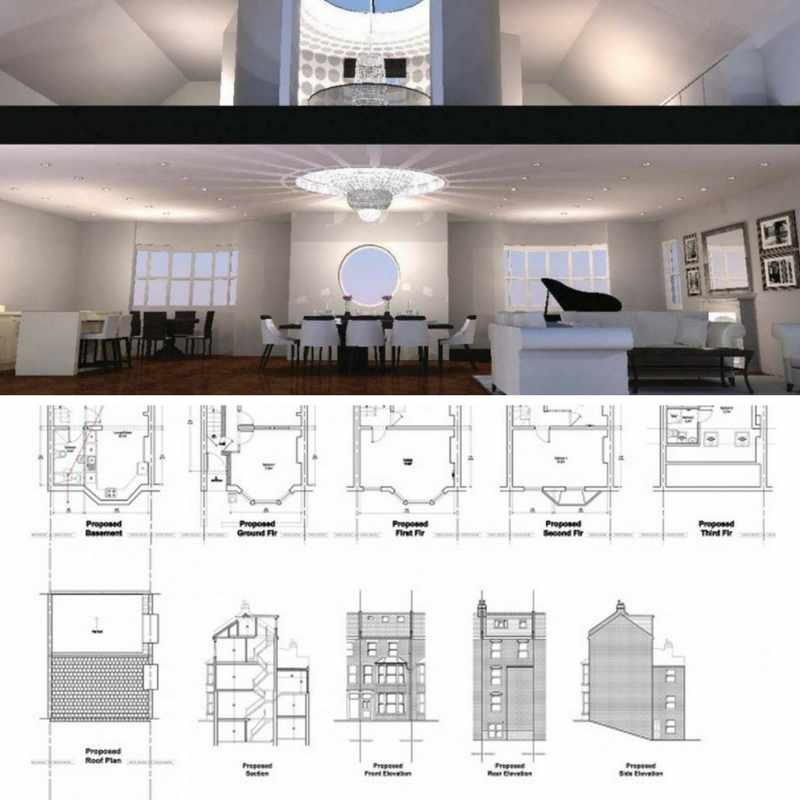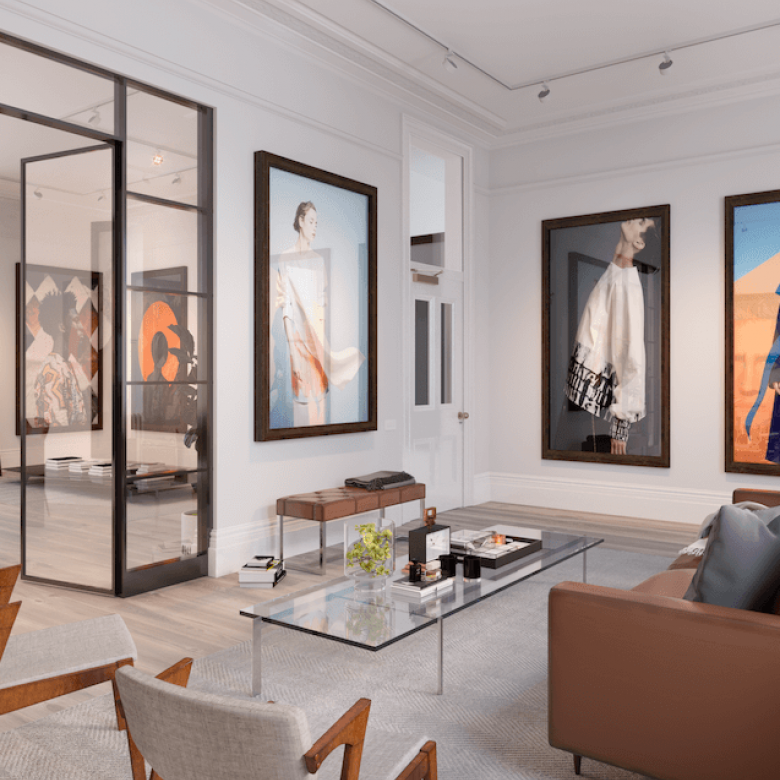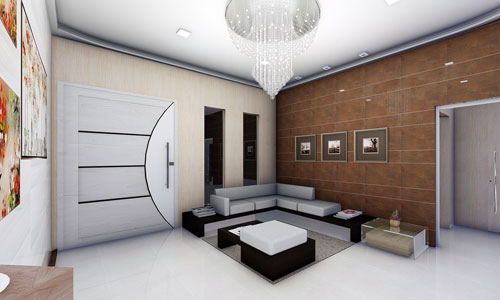Stylish Countryside Interior Styling for Rural Retreats
Stylish Countryside Interior Styling for Rural Retreats
Blog Article
The Art of Equilibrium: Exactly How Interior Design and Home Architect Collaborate for Stunning Outcomes
In the world of home layout, striking an equilibrium in between aesthetic appeals and performance is no small task. This delicate balance is attained through the unified partnership between indoor designers and engineers, each bringing their one-of-a-kind know-how to the table. The result? Rooms that are not only aesthetically stunning but also extremely habitable. Nonetheless, this perfect blend is not always very easy to obtain. Stick with us as we check out the intricacies of this collective procedure and its transformative influence on home style.
Recognizing the Core Distinctions In Between Interior Style and Home Architecture
While both Interior Design and home design play vital functions in producing aesthetically pleasing and practical spaces, they are inherently various techniques. Home architecture largely concentrates on the architectural elements of the home, such as constructing codes, security policies, and the physical building of the area. It deals with the 'bones' of the framework, functioning with spatial measurements, load-bearing walls, and roofing system styles. On the other hand, Interior Design is more concerned with enhancing the sensory and aesthetic experience within that framework. It involves choose and organizing furnishings, choosing color pattern, and incorporating decorative aspects. While they work in tandem, their roles, duties, and areas of know-how diverge considerably in the creation of an unified home setting.
The Synergy In Between Home Architecture and Inside Style
The synergy between home style and Interior Design hinges on a common vision of design and the improvement of practical visual appeals. When these 2 areas line up sympathetically, they can change a living room from average to extraordinary. This cooperation needs a deeper understanding of each technique's principles and the capability to create a natural, aesthetically pleasing environment.
Unifying Layout Vision
Combining the vision for home architecture and Interior Design can develop an unified home that is both functional and aesthetically pleasing. The equilibrium begins with an incorporated way of thinking; engineers and indoor designers work together, each bringing their competence. This unison of concepts forms the layout vision, a plan that guides the project. This shared vision is essential for uniformity throughout the home, making certain a fluid shift from exterior architecture to interior rooms. It advertises a collaborating approach where architectural components enhance Interior Design components and the other way around. The outcome is a natural home that shows the property owner's individuality, way of life, and taste. Hence, unifying the layout vision is vital in mixing style and Interior Design for magnificent results.
Enhancing Useful Appearances
Just how does the harmony between home design and Interior Design improve practical aesthetic appeals? This synergy enables the production of rooms that are not only visually attractive yet likewise easily useful. Designers lay the foundation with their structural layout, ensuring that the room is efficient and sensible. The indoor developer after that complements this with meticulously picked aspects that boost the appearances without endangering the functionality. This harmonious cooperation can cause homes that are both beautiful and liveable. For example, an architect may make a residence with large windows and high ceilings. The interior designer can then highlight these functions with sheer curtains and high plants, specifically, hence improving the aesthetic appeal while preserving the sensible benefits of natural light and space.
Value of Cooperation in Creating Balanced Spaces
The cooperation in between interior designers and designers is critical in developing balanced spaces. It brings harmony between design and architecture, giving birth to spaces that are not just aesthetically pleasing but also useful. Discovering successful joint approaches can provide insights into exactly how this harmony can be properly achieved.
Integrating Style and Architecture
Equilibrium, a crucial aspect of both Interior Design and design, can only genuinely be attained when these two areas operate in consistency. This consistency is not simply a visual consideration; it influences the performance, longevity, and inevitably, the livability of an area. Interior designers and architects need to comprehend each various other's functions, value their competence, and connect successfully. They have to take into consideration the interaction of architectural elements with style, the flow of areas, and the effect of light and color. This collaborative process results in a cohesive, well balanced layout where every aspect has a purpose and adds to the overall visual. Consequently, integrating design and design is not nearly producing beautiful rooms, however concerning crafting spaces that work perfectly for their residents.
Successful Joint Techniques

Situation Researches: Effective Integration of Layout and Style
Taking a look at numerous study, it emerges exactly how the effective integration of Interior Design and design can change a space. The Glass House in Connecticut, renowned for its minimalistic elegance, is one such example. Designer Philip Johnson and indoor developer Mies van der Rohe teamed up to produce an unified balance between the inside and the framework, resulting in a smooth circulation from the exterior landscape to the internal living quarters. One more prototype is the Fallingwater Residence in Pennsylvania. Designer Frank Lloyd Wright and interior developer Edgar Kaufmann Jr.'s joint initiatives bring about a strikingly special house that blends with its natural environments. These situation studies underline the profound influence of a successful style and architecture partnership.

Getting Over Challenges in Style and Architecture Partnership
In spite of the indisputable advantages of a successful collaboration in between Interior Design and style, it is not without its challenges. Interaction issues can occur, as both parties may use different terminologies, understandings, and this methods in their work. This can bring about misunderstandings and hold-ups in task completion. An additional major challenge is the harmonizing act of appearances and capability. Architects might focus on structural integrity and safety and security, while designers focus on convenience and style. The combination of these goals can be intricate. In addition, budget and timeline constraints frequently include stress, potentially helpful resources causing rifts in the collaboration. For that reason, efficient communication, good understanding, and compromise are critical to get rid of these difficulties and achieve a unified and successful collaboration.

Future Patterns: The Advancing Partnership Between Home Architects and Inside Designers
As the world of home style continues to develop, so does the relationship in between designers and interior developers. Alternatively, indoor designers are welcoming technical aspects, affecting general format and performance. The future guarantees an extra cohesive, cutting-edge, and flexible approach to home style, as developers and engineers continue to obscure the lines, fostering a relationship that absolutely personifies the art of balance.
Verdict
The art of equilibrium in home style is achieved with the unified collaboration between indoor designers and designers. Regardless of difficulties, this collaboration fosters growth and technology in style.
While both interior layout and home design play necessary duties in creating aesthetically pleasing and practical Luxury home architect areas, they are naturally various techniques.The synergy between home architecture and indoor style lies in a shared vision of design and the improvement of practical visual appeals.Unifying the vision for home style and indoor style can develop an unified living room that is both functional and visually pleasing. Therefore, unifying the design vision is crucial in mixing style and interior style for spectacular results.
Just how does the harmony in between home style and indoor design boost useful aesthetics? (Winchester architect)
Report this page